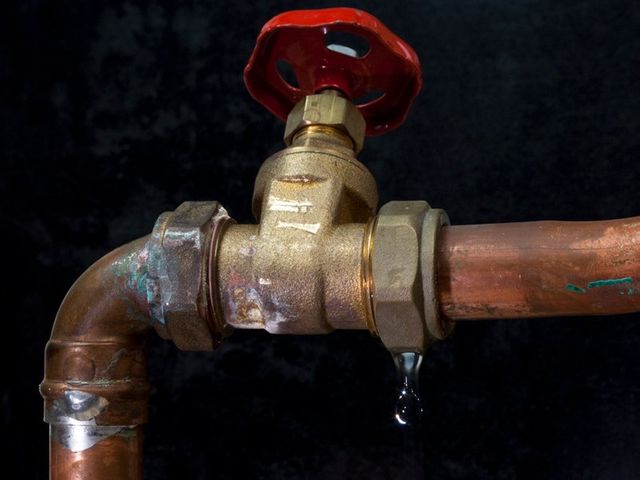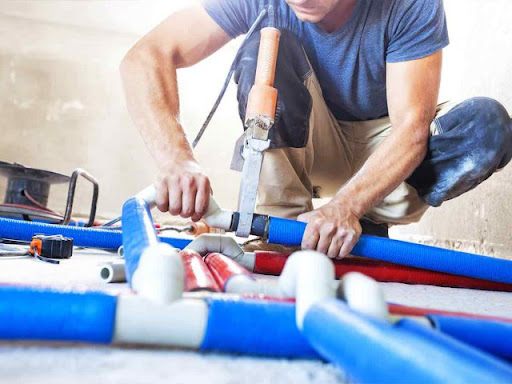When it comes to plumbing, selecting the right type of pipes is crucial for ensuring durability, efficiency, and safety in your plumbing system. With a plethora of options available, each boasting its unique features and benefits, navigating through the world of plumbing pipes can be overwhelming. In this comprehensive guide, we’ll delve into the different types of pipes used in plumbing, exploring their characteristics, advantages, and applications. If you are seeking a source of inspiration and guidance on the different types of pipes used in plumbing, visit abacusplumbing.com/plumbing/showers-tubs/ for further info.
1. PVC Pipes
Polyvinyl Chloride (PVC) pipes are one of the most common types of pipes used in plumbing today. Known for their affordability, durability, and versatility, PVC pipes are suitable for a wide range of applications, including drainage systems, irrigation, and potable water distribution. These pipes are lightweight, making them easy to install and handle, and resistant to corrosion and chemical reactions. PVC pipes also have smooth interiors, minimizing friction and allowing for efficient water flow.
2. Copper Pipes
Copper pipes have been a staple in plumbing for decades, prized for their excellent durability and resistance to corrosion. They are commonly used for both hot and cold water distribution, as well as for gas lines. Copper pipes are known for their long lifespan and ability to withstand high pressures, making them a preferred choice for residential and commercial plumbing projects. Additionally, copper pipes have antimicrobial properties, contributing to better water quality.
3. PEX Pipes
Cross-linked Polyethylene (PEX) pipes have gained popularity in recent years due to their flexibility, ease of installation, and affordability. PEX pipes can be bent and shaped without the need for elbow fittings, reducing the risk of leaks and simplifying the installation process. These pipes are resistant to corrosion and chemical damage, making them suitable for various plumbing applications, including radiant floor heating systems, potable water distribution, and hydronic heating.

4. Galvanized Steel Pipes
Galvanized steel pipes were once a common choice for plumbing systems, but their popularity has waned in recent years due to their susceptibility to corrosion and rust buildup. While galvanized steel pipes are durable and can withstand high temperatures, they are prone to clogging and reduced water flow over time. As such, they are now primarily used in industrial and outdoor applications where corrosion resistance is essential.
5. Cast Iron Pipes
Cast iron pipes have been used in plumbing for centuries and are renowned for their strength and durability. While they are heavy and challenging to install, cast iron pipes excel in handling high-pressure water and sewage systems. These pipes are resistant to fire and can effectively dampen noise and vibrations, making them ideal for high-rise buildings and commercial properties. However, cast iron pipes are prone to rusting over time, necessitating regular maintenance and inspections.
Conclusion
In conclusion, selecting the right type of pipes is crucial for the success of any plumbing project. Whether you opt for PVC, copper, PEX, galvanized steel, or cast iron pipes, each material offers its unique set of advantages and considerations. By understanding the characteristics and applications of different types of pipes, you can make informed decisions that ensure the longevity, efficiency, and safety of your plumbing system.


